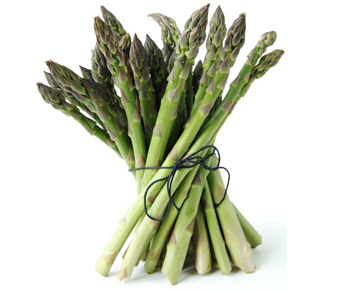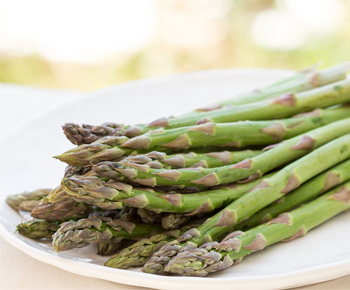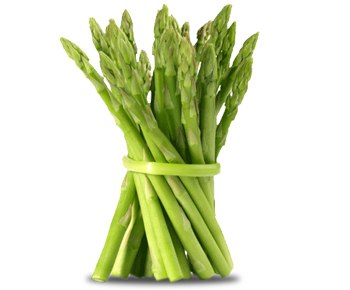Asparagus is a commonly eaten vegetable in many parts of the world and is well known for its unique, savory taste.
Asparagus ranks among the top 20 foods in regards to ANDI score (Aggregate Nutrient Density Index), which measures vitamin, mineral and phytonutrient content in relation to the caloric content. To earn a high ANDI rank, food must provide a high amount of nutrients for a small amount of calories.
Asparagus is used along with lots of fluids as “irrigation therapy” to increase urine output. It is also used to treat urinary tract infections and other conditions of the urinary tract that cause pain and swelling.
Other uses include treatment of joint pain (rheumatism), hormone imbalances in women, dryness in the lungs and throat, constipation, nerve pain (neuritis), AIDS, cancer, and diseases caused by parasites.
Asparagus is also used for preventing stones in the kidney and bladder and anemia due to folic acid deficiency.
Some people apply asparagus directly to the skin for cleaning the face, drying sores, and treating acne.
In foods, asparagus spears are eaten as a vegetable. This can produce a pungent odor in the urine.
and more…


